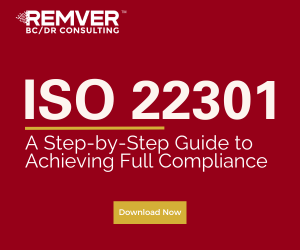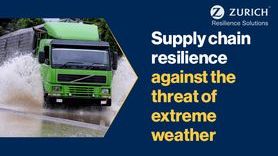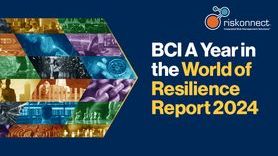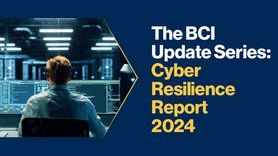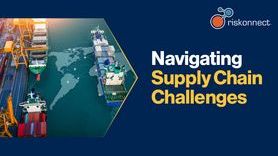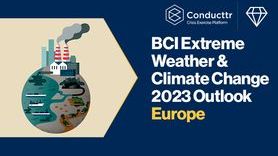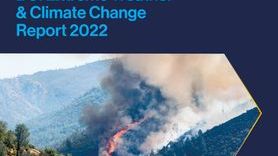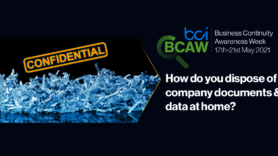Top 10 tips for introducing a Climate Risk Strategy within your organization
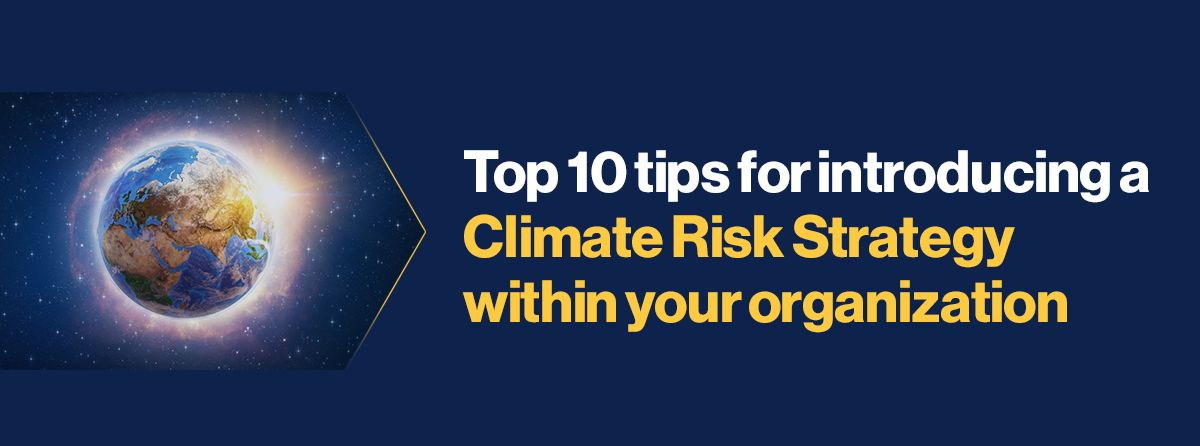
1. Build Climate Risk Governance
Build climate risk governance into existing planning and frameworks where possible, to avoid reinventing the wheel and the need for additional resource.
2. Engage with your finance team
Finance is key in demonstrating valueTherefore, early engagement to get finance teams on board will help with senior management buy-in.
3. Costs and Resources
There will be a cost and resource implication for developing climate change related initiatives in a company, but this should be reframed in the same way as marketing budgets, new business continuity and resilience tools and extra headcount would be – the finance teams won’t be visible straight away but it’s important for the long-term future of the company.
4. Decide what you want to achieve and how you will measure it
Set simple, easy to understand, measurable results or actions on a year-by-year basis so that even short-term progress can be demonstrated alongside a longer-term ambition – don’t overcomplicate.
5. Engage employees
Engage your staff across all levels of the organization, for example by setting up sustainability or climate change champions networks and encourage their engagement and ideas. If there are business continuity champions across the business, consider pulling on their knowledge and experience as well as climate change, business continuity and resilience should go hand in hand.
6. Develop partnerships
Develop partnerships with other companies in similar industries and suppliers to share best practice, identify opportunities for collaboration, invest in the most relevant tools and to set standards. Feed this back to senior management and use benchmarking as a tool to get buy in.
7. Consider your long-term investment strategies
Consider climate change in relation to things like long term asset investment strategies, through to preparedness. For example, a new building should not be constructed without considering the implications of climate change in 50 years’ time.
8. Review the constraints
Consider climate change in terms of the constraints it may cause on the journey to deliver strategic priorities, decarbonisation targets, ESG policies, and the UN’s Sustainable Development Goals.
9. Consider your supply chain
Review supply chains and consider the risk of climate change on critical suppliers in tier 1 and beyond. Ideally, identify potential risk right at the procurement stage of a contract.
10. Collaboration
Look to ensure that all ‘resilience’ units (e.g. risk management, business continuity, facilities management, disaster recovery, crisis management, climate risk) work together to ensure a climate risk strategy has the buy-in from all necessary departments.
To find out more about Climate Risk download the BCI Exteme Weather & Climate Change Report 2022.

